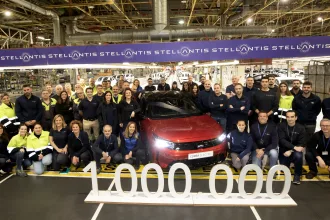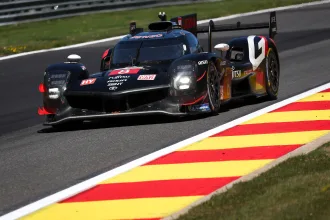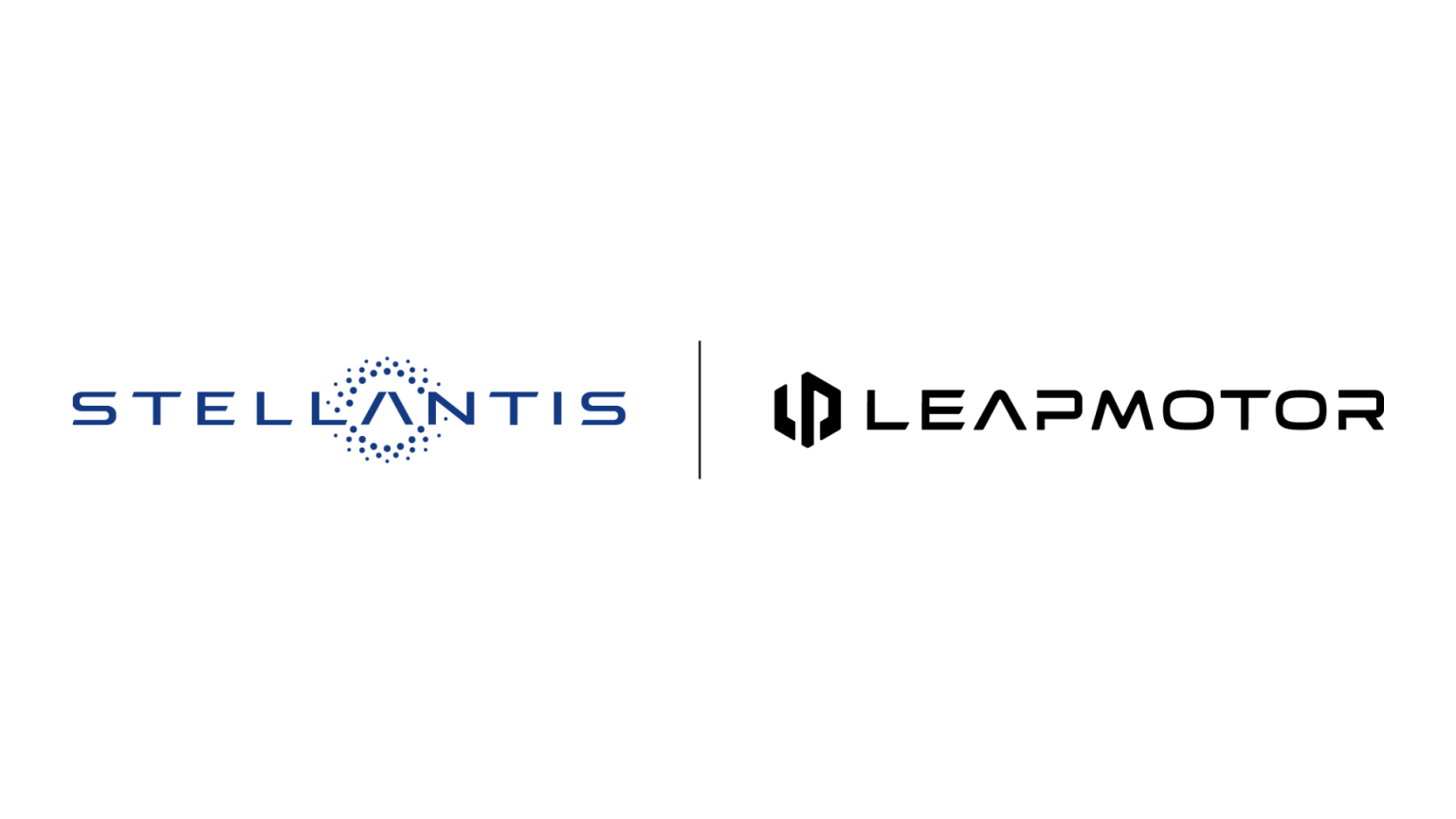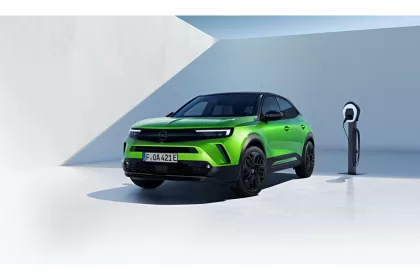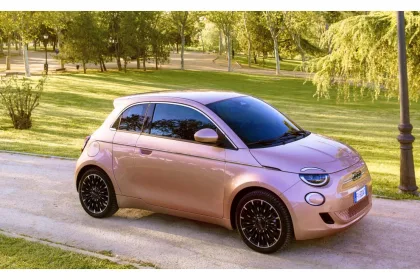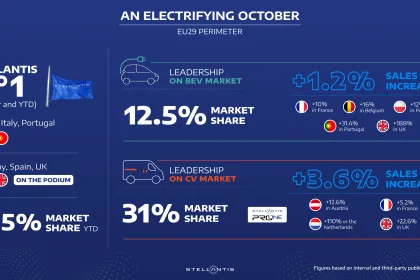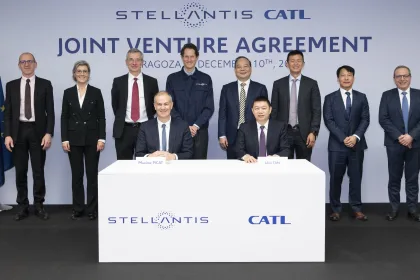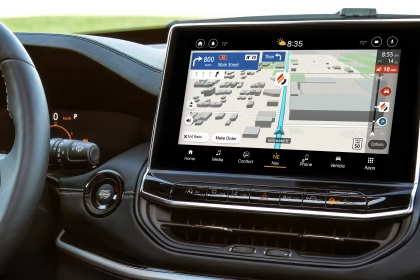- Leveraging the strengths of both companies, Stellantis and Leapmotor give birth to a strategic global relationship that aims at creating a highly competitive and highly efficient EV mobility powerhouse in China and around the world
- Companies intend to establish the Leapmotor International joint venture designed to accelerate and expand global sales of Leapmotor’s high-tech, cost-efficient products by leveraging Stellantis’ extensive assets and commercial know-how around the globe
- Leapmotor is among the fastest growing Chinese pure-play new energy vehicles (NEVs) tech leaders with a unique vertical integration model and full-suite of in-house R&D and manufacturing capabilities
- Stellantis is one of the largest mobility companies, ranking among the most profitable and efficient automakers worldwide
- Stellantis will leverage Leapmotor’s tech-first EV ecosystem in China to help meet core Dare Forward 2030 electrification targets, while remaining open to exploring further synergies with its partner
- Stellantis’ investment enables it to acquire approximately 20% equity stake, making it a significant shareholder and giving it two Board of Directors seats
Stellantis N.V. and Leapmotor today announced that Stellantis plans to invest ca. €1.5 billion to acquire approximately 20% of Leapmotor, making Stellantis a significant shareholder. The deal also outlines the formation of Leapmotor International, a 51/49 Stellantis-led joint venture that has exclusive rights for the export and sale, as well as manufacturing, of Leapmotor products outside Greater China. This will be an industry-first global electric vehicle relationship between a leading automaker and a Chinese pure-play NEV OEM.
The partnership aims to further boost Leapmotor’s sales in China, the biggest market in the world, while leveraging Stellantis’ established global commercial presence to significantly accelerate Leapmotor brand sales in other regions, starting with Europe. Stellantis intends to leverage Leapmotor’s highly innovative, cost-efficient EV ecosystem in China to help meet core Dare Forward 2030 electrification targets, with the possibility to further explore mutually beneficial synergies. The joint venture expects to begin shipments in the second half of 2024.
The two companies consider Leapmotor’s EV product offering to be complementary to Stellantis’ current technology and portfolio of iconic brands and will bring more affordable mobility solutions to global customers. Stellantis will have two seats on Leapmotor’s Board of Directors and will appoint the CEO of the Leapmotor International joint venture.
“As consolidation unfolds among the capable electric vehicles start-ups in China, it becomes increasingly apparent that a handful of efficient and agile new generation EV players, like Leapmotor, will come to dominate the mainstream segments in China,” said Stellantis CEO Carlos Tavares. “We feel it’s the perfect time to take a leading role in supporting the global expansion plans of Leapmotor, one of the most impressive new EV players who has a similar tech-first, entrepreneurial mindset to ours. Through this strategic investment, we can address a white space in our business model and benefit from Leapmotor’s competitiveness both in China and abroad. I want to thank Mr. Zhu Jiangming and the teams from both sides of our great companies for their leadership and collaboration in creating this new opportunity for both of us.”

“Today it is a great milestone in Leapmotor’s history, and I am thrilled to witness this moment together with Mr. Tavares and his team,” said Leapmotor Founder and CEO Zhu Jiangming. “Developed with our in-house, full-suite technology capabilities, Leapmotor brings to the market the best-in-class EV products in a most cost competitive way. We believe in win-win partnerships formed by strong players in the fast-evolving environment. Working with Stellantis, we will continue to be innovative and creative in technology and business synergies and will bring Leapmotor EV cars to the global market.”
Focused on the mid-to-high end market, being the largest and fastest-growing segment in China, Leapmotor delivered approximately 111,000 NEV units in 2022, putting it into the first tier among China’s NEV pure-play automakers. In the next three years, Leapmotor’s product plan is expected to cover the full range of A- to-E segments, based on one technical architecture with three highly scalable platforms with BEV and Range Extender EV powertrains.
Leapmotor was the world’s first pure-play EV company to implement Cell-to-Chassis technology on a large scale, and its ‘Four-Leaf Clover’ Leap 3.0 central-controlled new electric and electronic architecture achieves seamless and efficient collaboration within the core components of smart EVs. Its unique vertical integration model maximizes scalability, enabling Leapmotor to quickly respond to customer needs.
Founded in early 2021, but combining more than a century of experience, Stellantis has 14 iconic automotive brands and two mobility businesses that aim to provide clean, safe and affordable freedom of mobility to all leveraging industrial operations in more than 30 countries with customers in more than 130 markets. In 2022, Stellantis shipped over 6 million vehicles with Net revenues of €179.5 billion and Net profit of €16.8 billion. In the first half of 2023, the Company had Net revenues of €98.4 billion and Net profit of €10.9 billion and one of the highest Adjusted operating income (AOI) margins in the industry at 14.4%.
Stellantis is investing more than €50 billion over the next decade in electrification to deliver on the Dare Forward 2030 targets of reaching a 100% passenger car BEV sales mix in Europe and 50% passenger car and light-duty truck BEV sales mix in the United States by 2030. To achieve these sales targets, the Company is securing approximately 400 GWh of battery capacity, including support from six battery manufacturing plants in North America and Europe. Stellantis is on track to become a carbon net zero corporation by 2038, all scopes included, with single-digit percentage compensation of remaining emissions. In parallel to this strategic move, Stellantis remains committed to its asset-light business model for its foreign brands in China.
The transaction is subject to customary closing conditions, including regulatory approvals.



